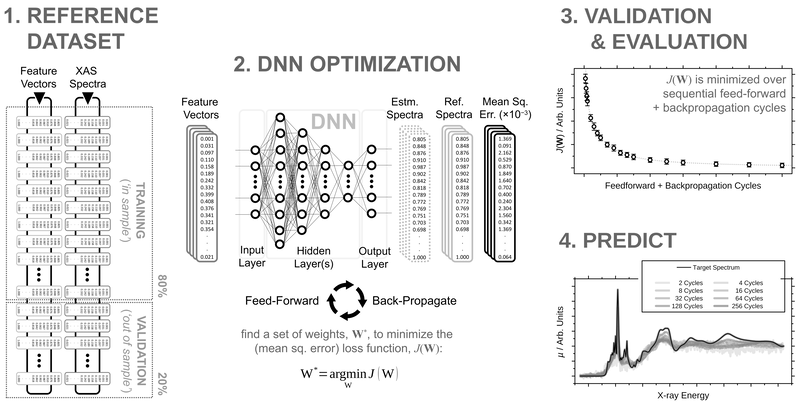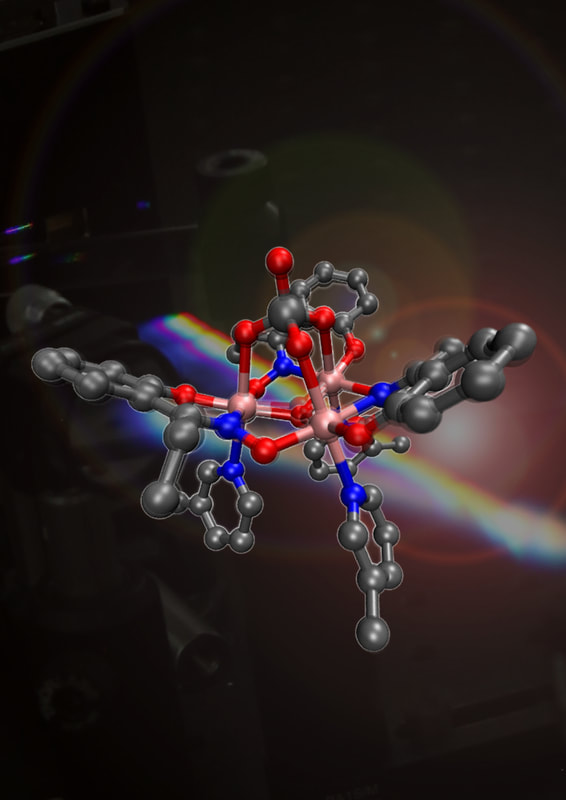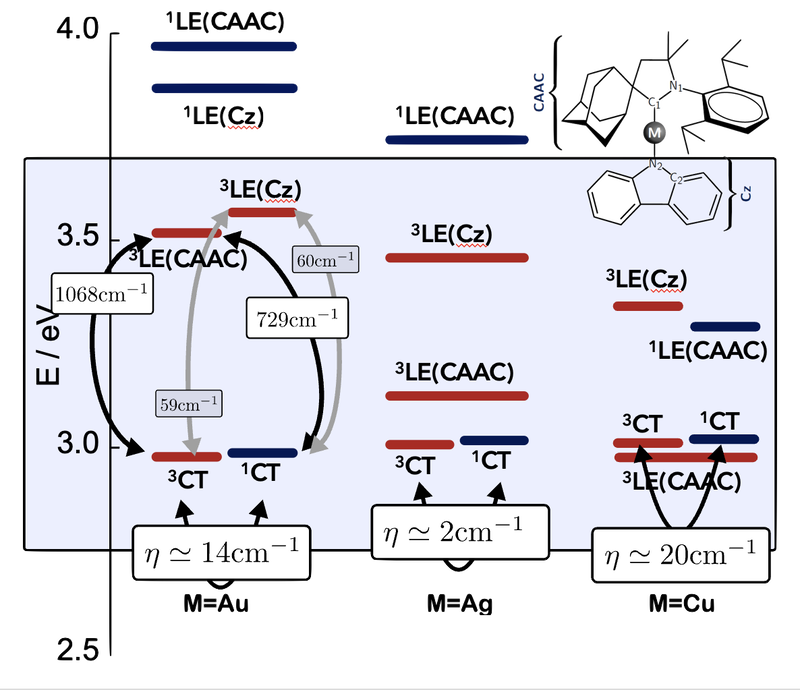Research
Molecules and materials that interact with light play a significant role in our daily lives, impacting technologies like displays and lighting. Night time illumination reflects economic development, while improving light-absorbing materials aids in reducing reliance on unsustainable fuels. A key question is how to efficiently leverage excited state properties for designing new materials with improved performance.
Our group employs advanced theoretical methods to understand and manipulate non-equilibrium dynamics, focusing on electronically excited states. They integrate simulations with experiments, notably utilising X-ray free-electron lasers, to provide detailed first principles understanding of excited state processes. The research is focused upon theoretical techniques for modelling, understanding and manipulating dynamics beyond the Born-Oppenheimer approximation, addressing nonadiabatic effects in processes like photochemistry and electron transfer.
Research in the group follows a number of interconnected strands:
Our group employs advanced theoretical methods to understand and manipulate non-equilibrium dynamics, focusing on electronically excited states. They integrate simulations with experiments, notably utilising X-ray free-electron lasers, to provide detailed first principles understanding of excited state processes. The research is focused upon theoretical techniques for modelling, understanding and manipulating dynamics beyond the Born-Oppenheimer approximation, addressing nonadiabatic effects in processes like photochemistry and electron transfer.
Research in the group follows a number of interconnected strands:
- Development of deployment of quantum qynamics in molecular excited states
- Simulation and interpretation of time-resolved spectroscopy
- Development of machine Learning algorithm to enhance analysis of X-ray spectroscopy
- Ultrafast dynamics of molecular photomagnets
- Intersystem crossing mechanism of organic and inorganic chromophores
- Exciton dynamics in organic electronics.





